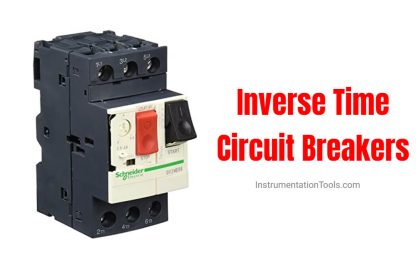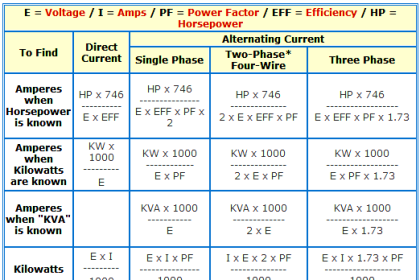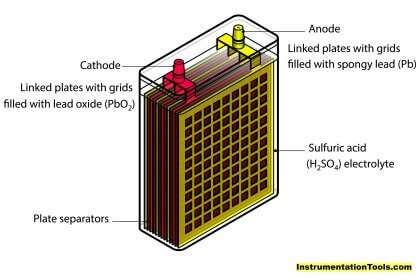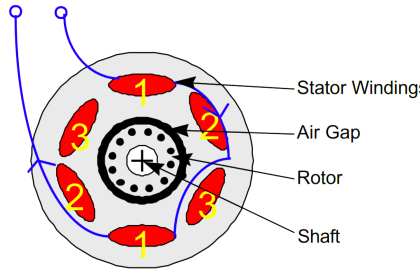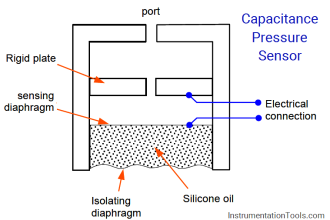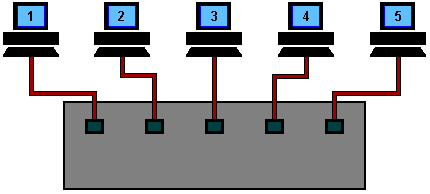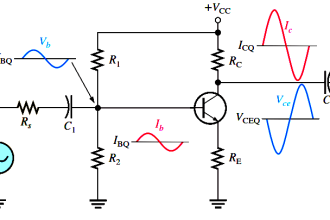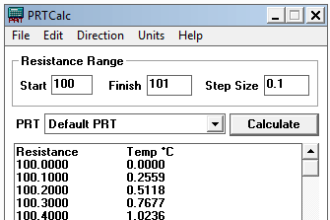Electrical wires are designed to carry current up to a certain limit. Once the current starts flowing through the wires, it must be maintained within set criteria, so that the circuit does not get damaged due to overcurrent.
But, if the current shoots above, then the circuit can get short-circuited, overheated, or in short, get damaged. To avoid this, an element called a fuse is used in most electrical circuits.
Basically, a fuse is an electrical device that is used to protect the circuit from damage by self-destroying itself. When the current exceeds a limit, the fuse will burn itself and break the circuit immediately; thus protecting the equipment from damage.
We all know a normal fuse, but in this post, we will learn the concept of an HRC fuse.
What is an HRC Fuse?
HRC stands for high rupturing capacity. We all know that a fuse is designed to carry current up to its set rating and when the current exceeds this rating, the fuse burns itself and breaks the circuit, thus stopping the flow of current.
Fuse burning itself means it has a thin metal strip that is designed to work in a certain temperature range, and when the temperature exceeds due to overheating (by overcurrent), then the strip burns and breaks; which ultimately breaks the circuit.
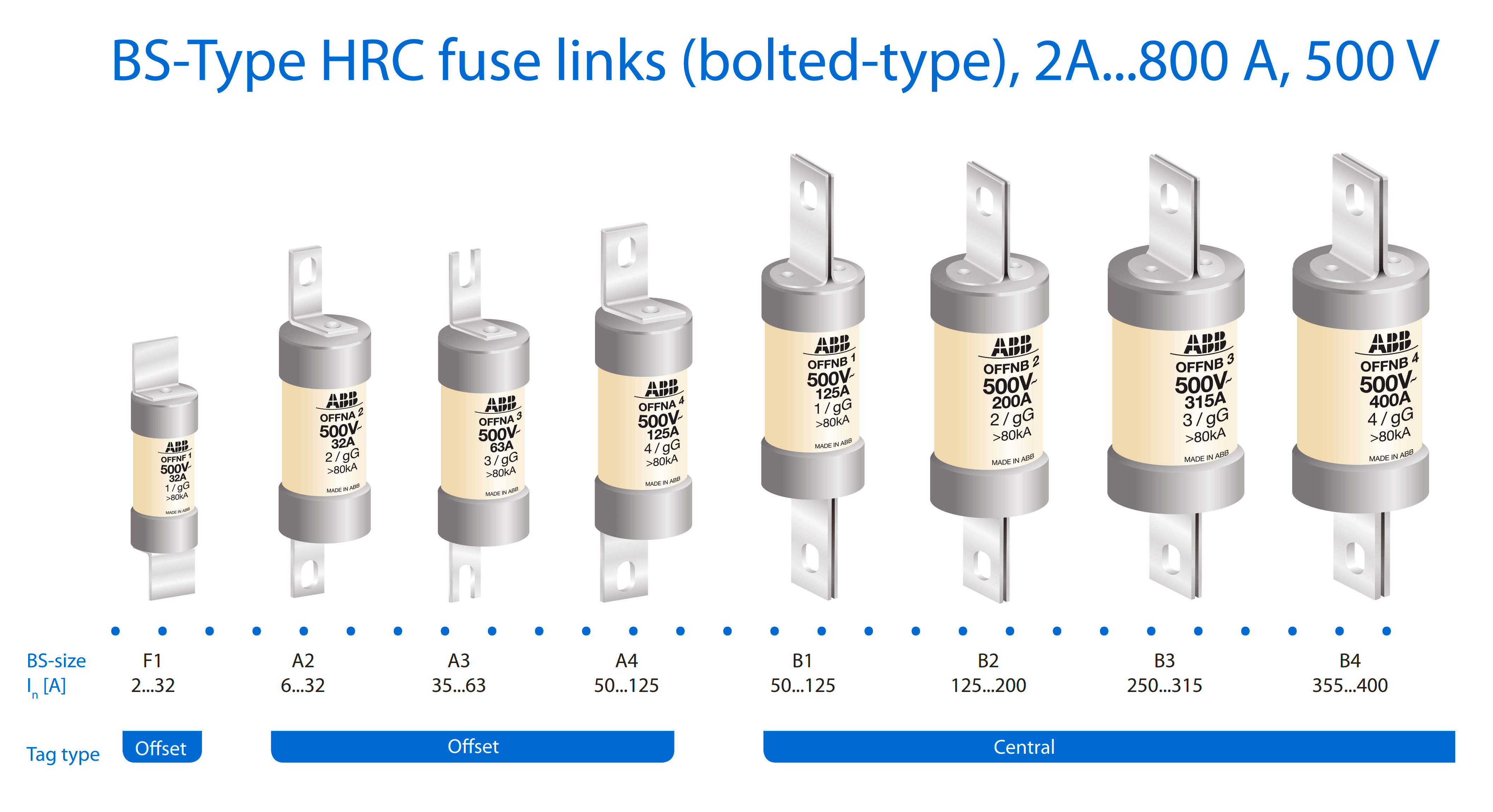
HRC is the same thing; but as the name implies, it is designed to carry a higher range of current than a normal fuse. When the current exceeds a much higher rating, then only the HRC fuse will break the circuit.
The rating is the main difference when comparing the HRC fuse to a normal fuse.
HRC Fuse Material
So, how does HRC fuse carry such a large amount of current? Check the below image. If you see it properly, then you will notice that it is the same as a normal fuse but the only difference is the presence of powder.
Let us start from the beginning. The outer body of the fuse is made of ceramic. Ceramics is a very high-quality insulator and resistant body, which prevents anyone from shock damage or any other accidental damage by touching it. Inside the body, a powdery substance is filled all over it.
This powder can be silica sand, plaster of Paris, marble, chalk, etc. It is the main working criterion of the HRC fuse. Basically, the metal strip burns itself when the current flowing through it exceeds a certain temperature due to overcurrent (as the current increases, temperature increases). But here, the metal strip is surrounded by powder material.
This material absorbs heat to a certain limit. The chemical reaction will occur between filling power and silver vapor (strip material) to result in high resistance material to help in reducing the arc within the fuse. The powder thus prevents the strip from exceeding its temperature.
So, even if the current is increasing now, the temperature will not rise that steadily. It will gradually increase and after a certain high amount of current, when the insulating property of the powder will not work anymore, the temperature overshoot will then damage the strip finally.
The metal strip is usually made of zinc, silver, copper, or aluminum. These are the most widely used elements for making a metal strip wire.
HRC Fuse Types
The common HRC fuse types are mentioned below.
- NH type fuse
- Din type fuse
- Blade type fuse
Advantages of HRC Fuse
Some of the advantages of HRC fuse are as follows.
- High efficiency and performance, due to the presence of powder results in more current carrying capacity.
- It requires less maintenance as compared to a normal fuse.
- The burning time of the HRC fuse is quicker in reaction than a normal fuse.
- It has a longer running life than a normal fuse.
- It is best suitable for high-power applications like power distribution, HV switchgear, transformers, motors, and other high-current capacity devices.
In this way, we understood the concept of HRC fuse.
If you liked this article, then please subscribe to our YouTube Channel for Electrical, Electronics, Instrumentation, PLC, and SCADA video tutorials.
You can also follow us on Facebook and Twitter to receive daily updates.
Read Next:
- Motor Maintenance
- Industrial Circuit Breakers
- Electrical Motor Concepts
- Relays in Air Circuit Breaker
- Induction Motor Over Voltage
